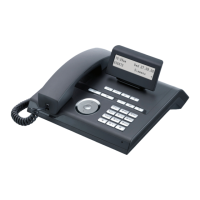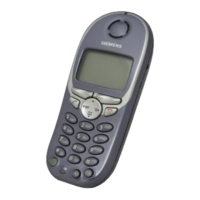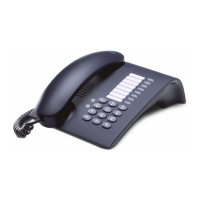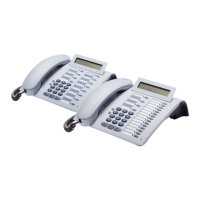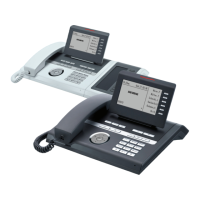Step by step
Functions used when receiving calls
68
Conditional
1
Incoming calls can be forwarded to a specified destina-
tion list, as configured in a TAPI-type application such as
a Windows TAPI browser. The settings of the previous
list or unconditional call forwarding will be replaced with
the new list settings.
The following information is required for configuring a
list:
• Incoming caller ID
• Day of the week and time
• Type of call (internal or external)
When more than one number has been specified for in-
coming calls to an extension, the call forwarding priority
will be:
1. Checks to see if the Caller ID for the incoming call
matches the number programmed for the extension
2. Checks to ensure that the type of call (internal or ex-
ternal) has been configured
3. Checks the time settings.
Required: The extension has permission for conditional
call forwarding and the system is connected to a PC run-
ning a TAPI application.
1. Conditional call forwarding rules and conditions for a
specified extension can be defined by using a Win-
dows TAPI application
2. Apply the settings to the extension desired.
3. from this moment on, the extension will be forward-
ed.
The display shows that this feature is activated.
[1] The system allows up to 50 call forwarding numbers (see Program-
ming manual, programming an extension - conditional forwarding
limited by extension and external CFW).
Conditional call forwarding has priority over an unconditional call
forwarding.
Conditional call forwarding is not available for S
0
extensions.
This feature is available when using a CTI (Com-
puter Telephony Integration) interface.
CFC. ON.

